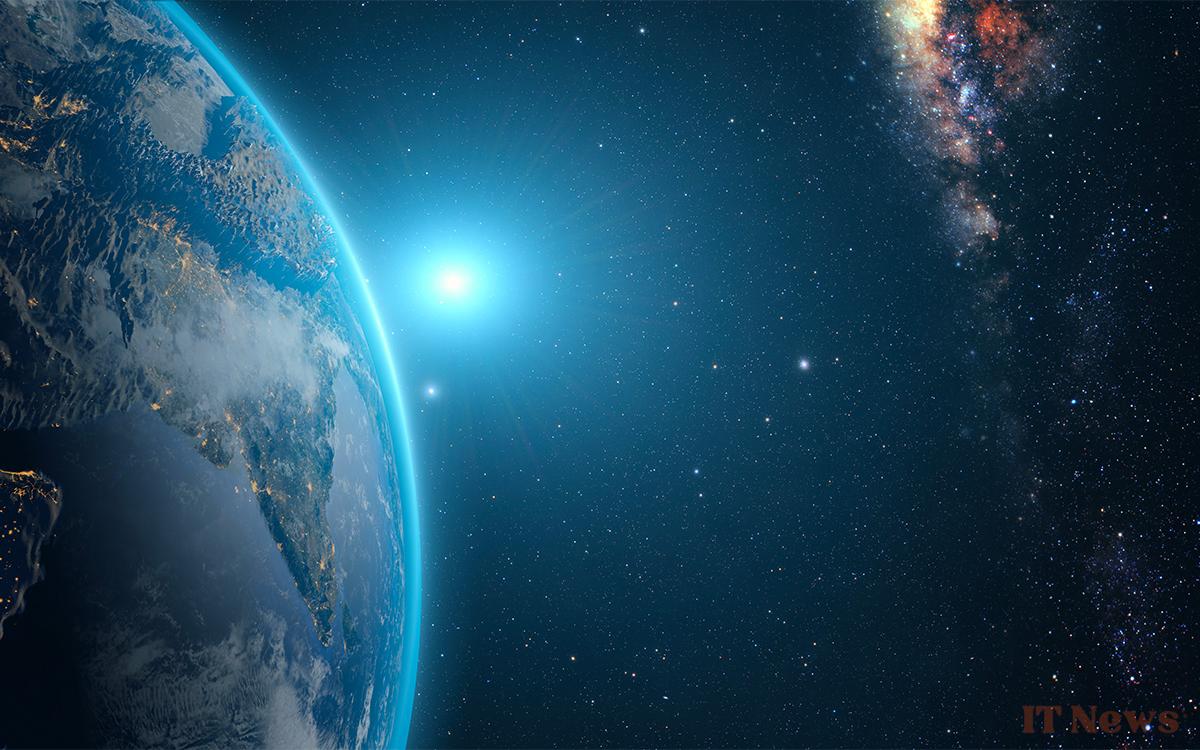What if the gold in your jewelry came from a stellar explosion billions of years old? Scientists are exploring a new avenue... and challenging our certainties.
Hence Where does the gold on Earth come from? Until now, the answer lay in neutron star collisions. But a recent study suggests a more… electrical origin. According to researchers, gamma-ray bursts, the most powerful explosions in the universe, could play a key role in the formation of heavy elements, like gold. A hypothesis that disrupts existing models.
The key to the mystery may lie in the hyperenergetic photons emitted by these cosmic cataclysms. By hitting the outer layers of dying stars, these light particles would generate free neutrons, essential for the creation of heavy atoms. A discovery that opens a new page in the understanding of nucleosynthesis.
Read also – The first images from NASA's new space telescope are impressive, prepare yourself for See the Invisible
When Light Makes Gold
Traditionally, scientists have believed that heavy elements form in neutron-rich environments, such as during the fusion of neutron stars. The problem: these free neutrons are rare, as they decay within 15 minutes. The study led by Matthew Mumpower (Los Alamos National Laboratory) suggests an alternative: gamma-ray bursts would produce neutrons in situ, via their ultra-powerful photons.
The scenario? A massive star collapses into a black hole, emitting a jet of particles and light. This jet slams into the star's outer layers, creating a "cocoon" of superheated matter. There, the photons transform protons into neutrons in nanoseconds, while breaking atomic nuclei to release more neutrons. This is what can form gold, platinum, and more.
"I got the idea while watching a train video with my kids," says Mumpower. The blast of a train crossing a pile of snow reminded him of the stellar jet sweeping across the star's envelope.
This theory would explain terrestrial anomalies, such as the joint presence of iron-60 and plutonium-244 in marine sediments. Neutron star mergers struggle to explain this mixture, unlike gamma-ray bursts. Another clue: kilonovae, usually linked to stellar collisions, have been observed with long gamma-ray bursts. All this remains to be confirmed. Mumpower hopes that future telescopes will capture neutrinos, gravitational waves, and light during a stellar collapse.




0 Comments